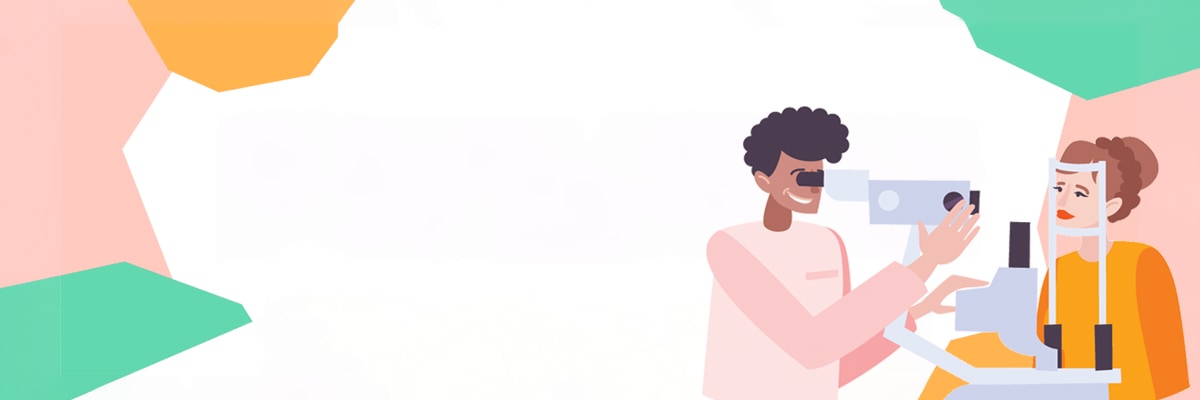
Eye Structure
Each intricate structure inside and around our eyes plays a key role in our vision and eye health. Learn about all the parts of the eye and the important jobs they do.
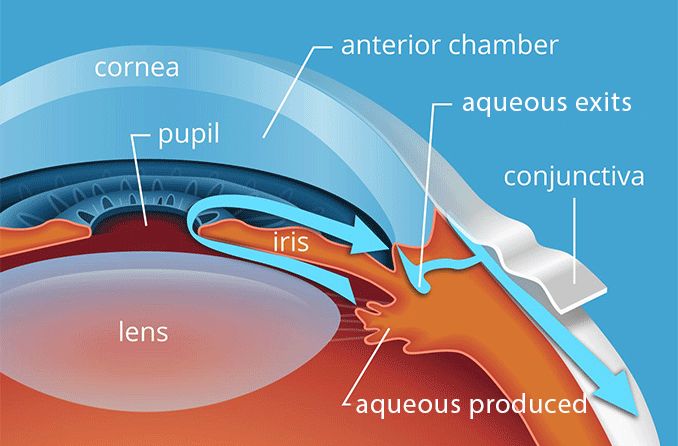
Aqueous humor is a thin liquid produced in the posterior chamber of the eye that provides nutrients and maintains eye pressure.
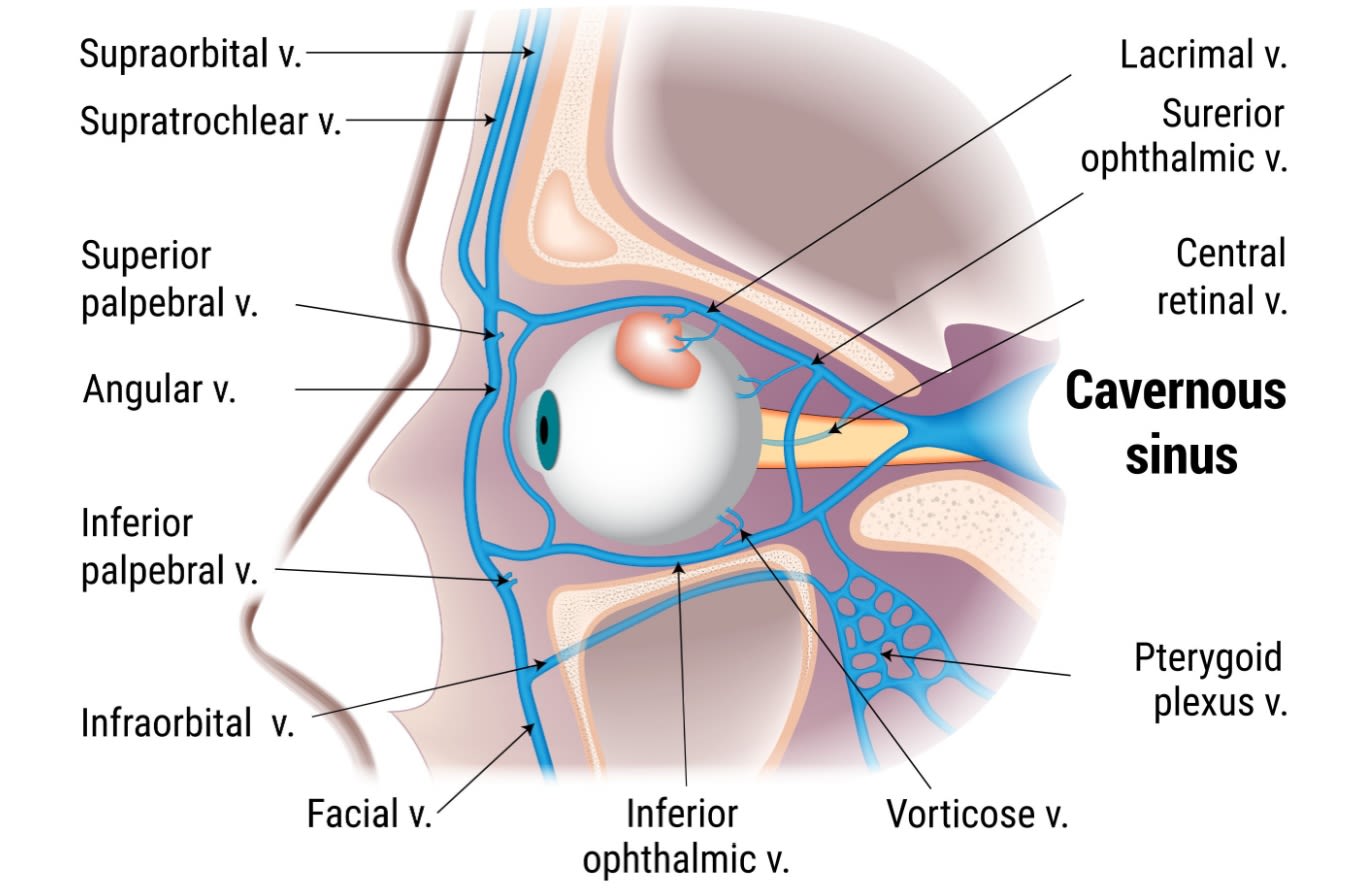
The cavernous sinuses are venous drainage areas for the brain and eyes and are pathways for vital nerves. Learn why cavernous sinus anatomy is so important.
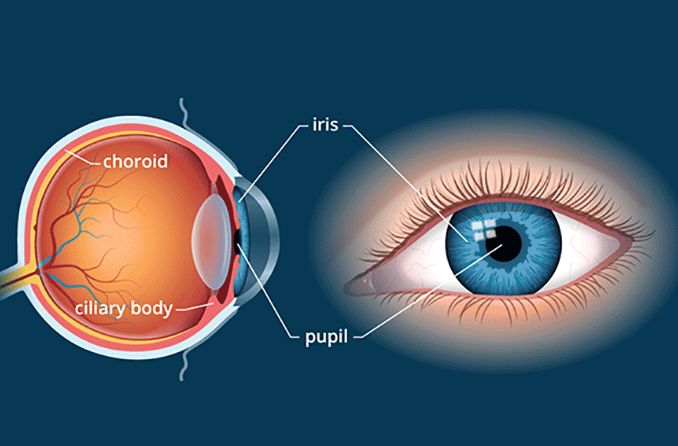
The choroid is the layer of tissue between the retina and sclera. Rich with blood vessels, it provides nutrients and regulates healthy eye function.
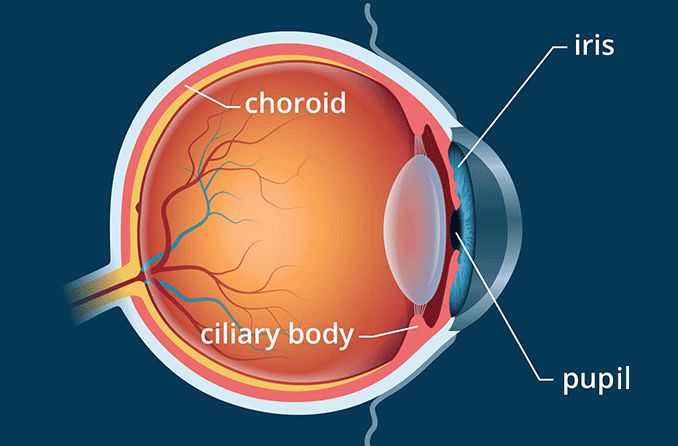
The ciliary body is located directly behind the iris of the eye. It produces the aqueous fluid and includes a muscle that focuses the lens on near objects.

The conjunctiva is the clear membrane covering part of the front of the eye and the inside of the eyelids. Learn more about the conjunctiva of the eye.
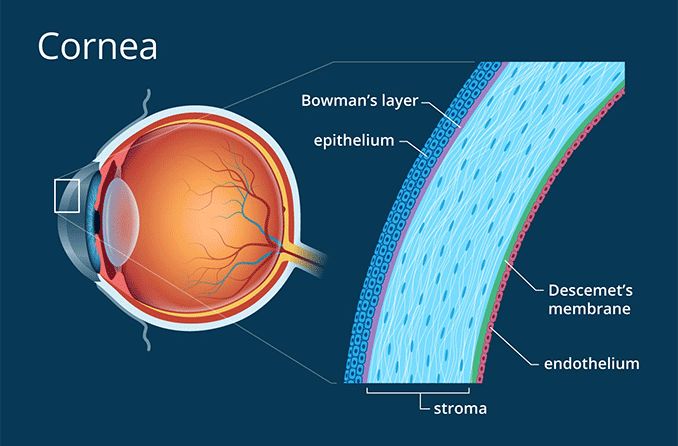
The cornea is the clear front surface of the eye. It lies directly in front of the iris and pupil, and allows light to enter the eye. The cornea has five layers. From front to back, these layers are...
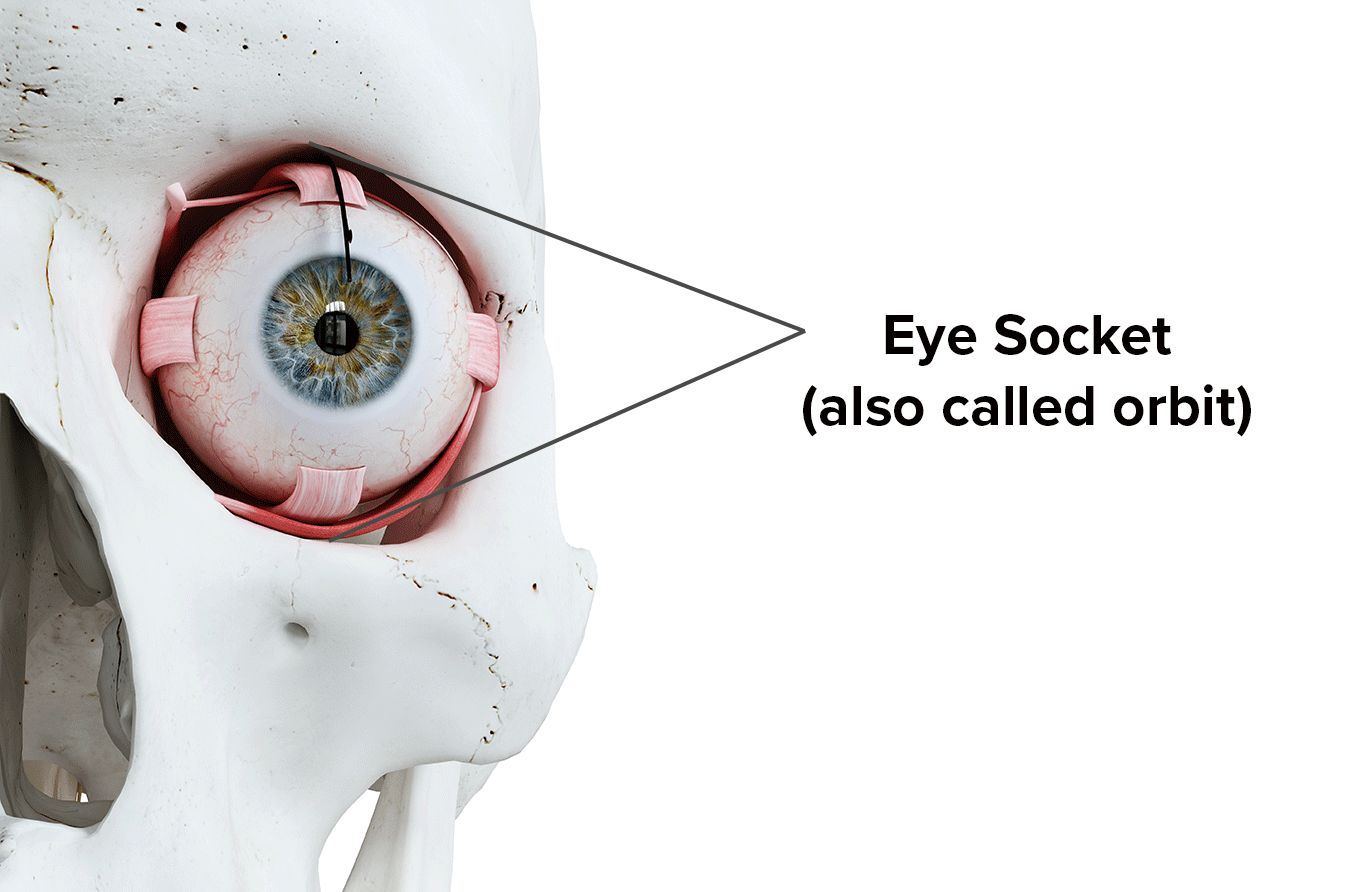
Eye sockets are bony cavities that contain the eyeballs and help protect the eyes from injuries that can affect vision.
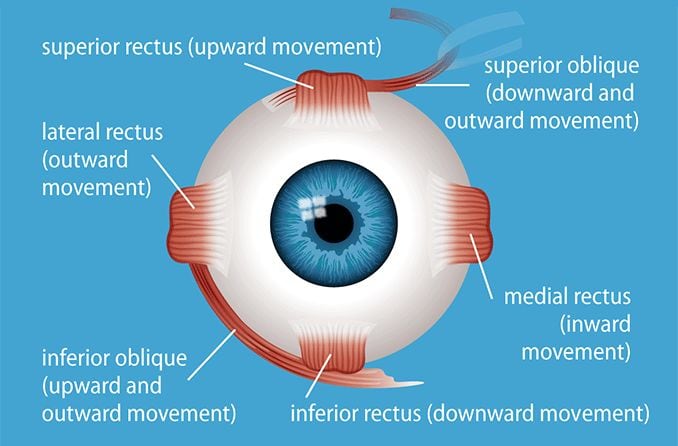
There are two types of eye muscles. Learn about the extrinsic muscles that control eye movement and intrinsic muscles that control near focusing.
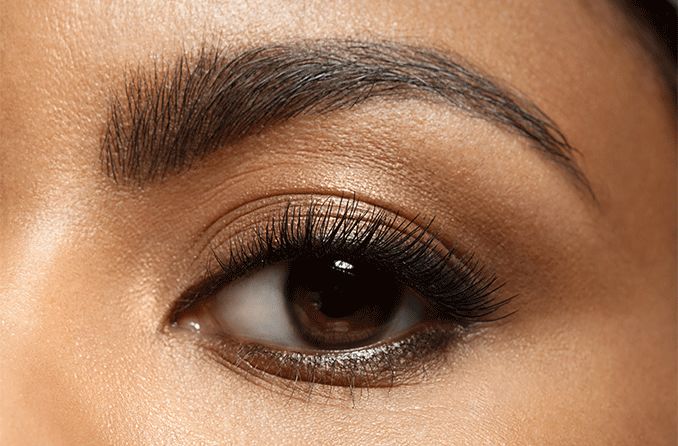
Eyelashes are fine wisps of hair that grow along the edge of the eyelid. Eyelashes work by protecting the eye from irritants.
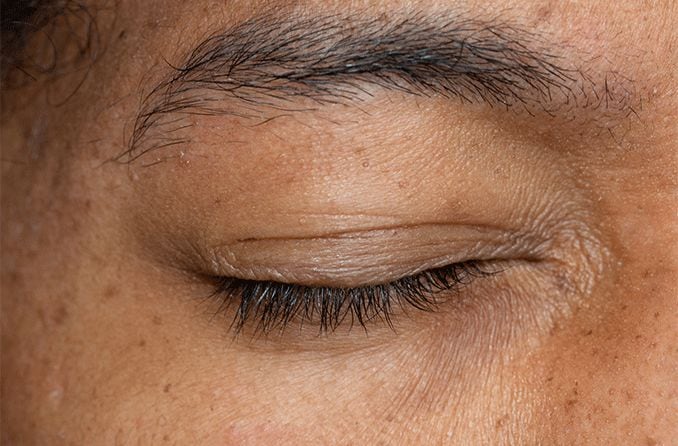
Meta: What are the key parts of the eyelid? How do they function? Find out why the eyelids and all their components are so critical to protecting your vision.
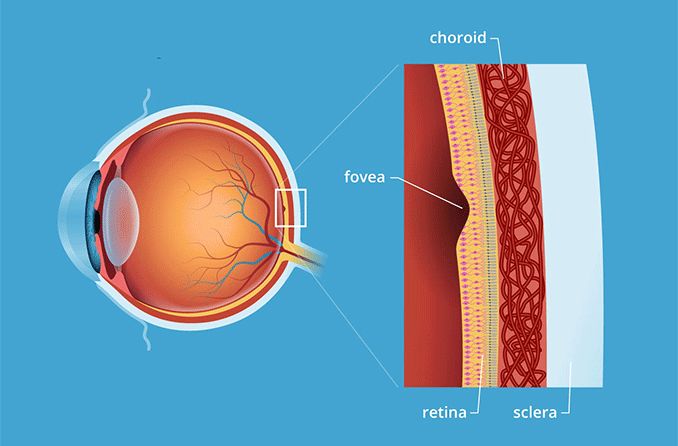
The fovea is a small pit located in the macula that provides the sharpest visual acuity needed for detailed tasks like reading.
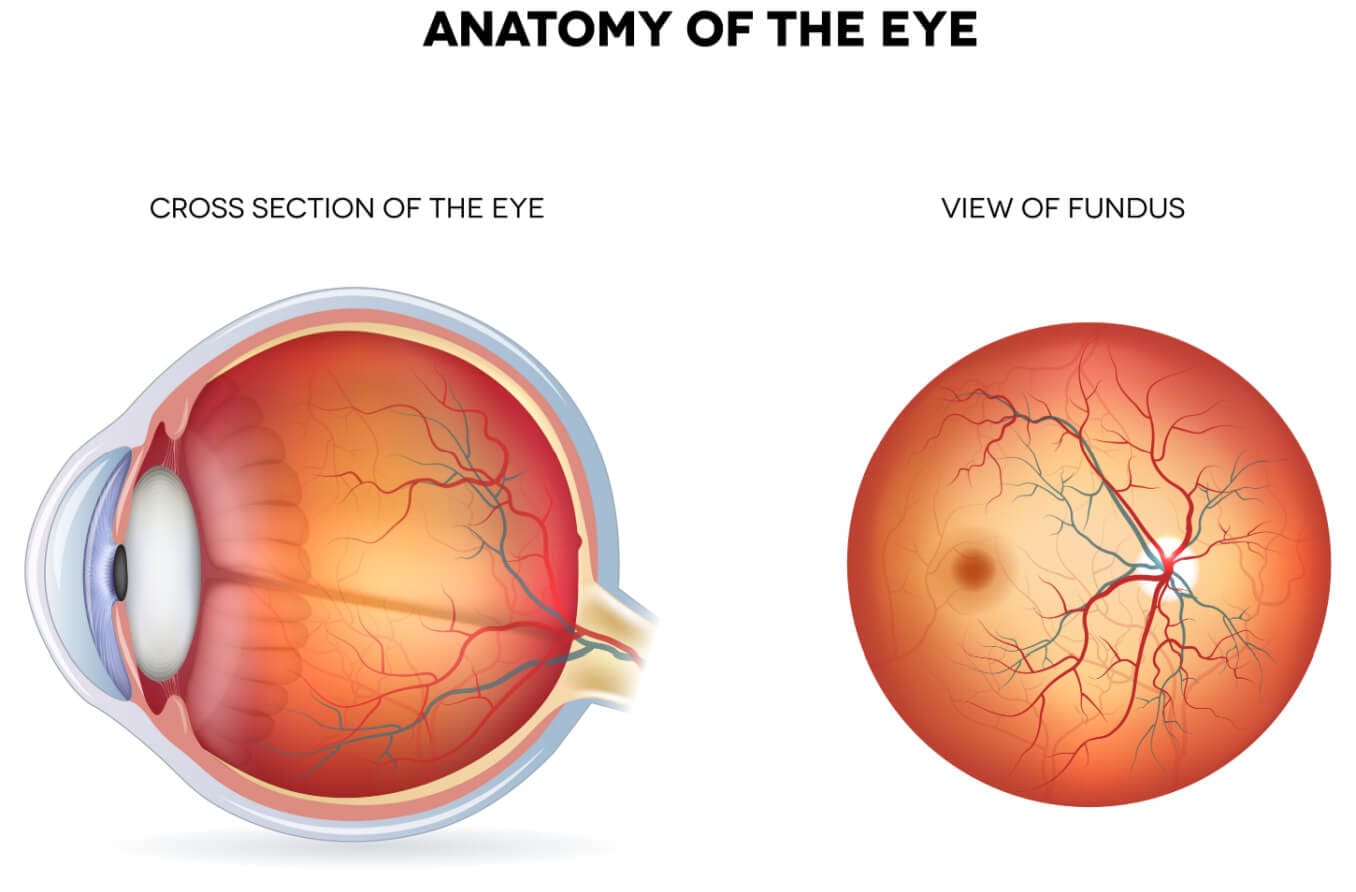
Learn about the fundus of the eye, including anatomy, function, what to expect during a fundus exam and conditions that can affect the fundus.
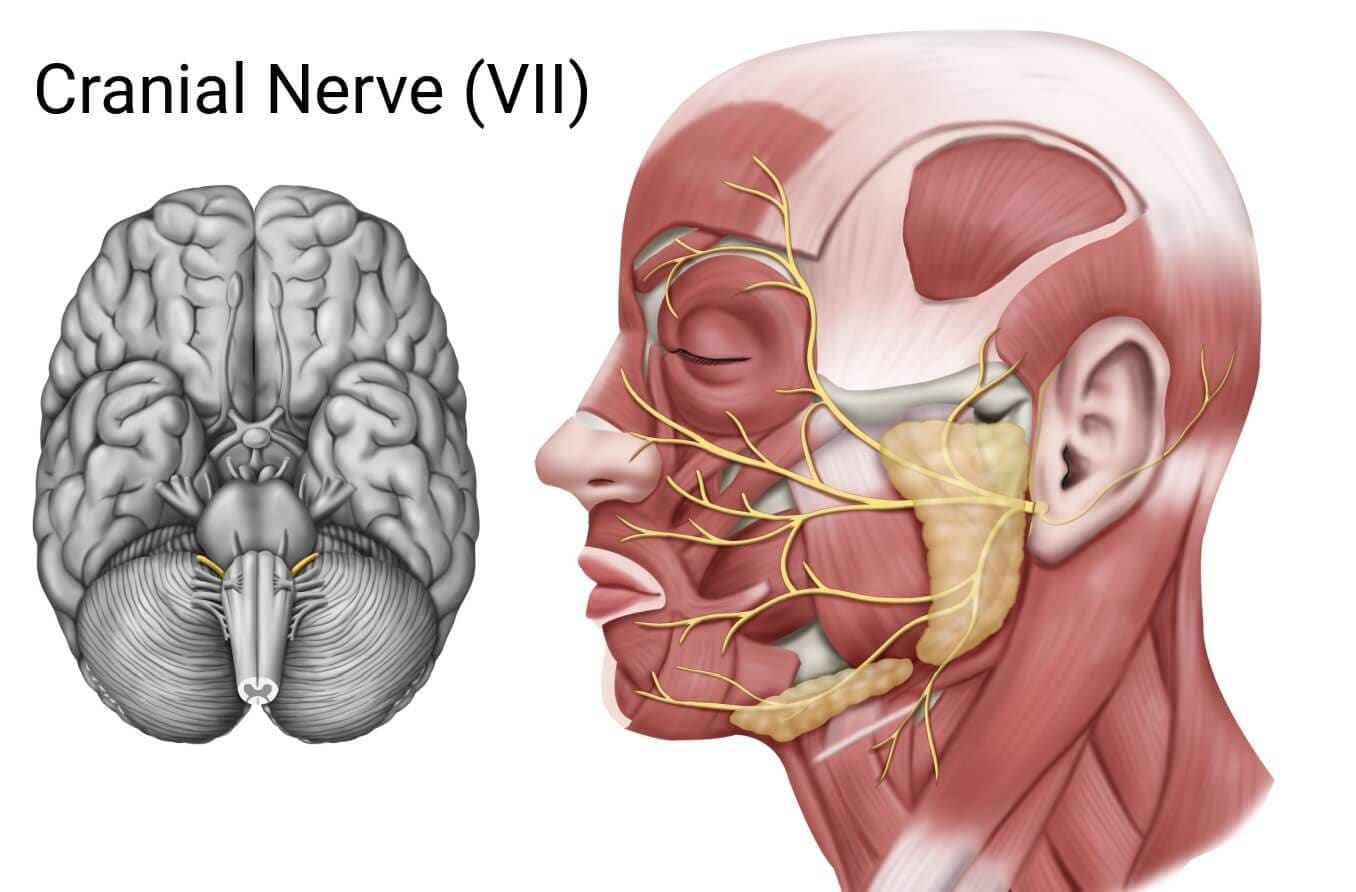
The 7th cranial nerve supplies the muscles of the face as well as the eyes. Learn how facial nerve palsy can impact your vision and eye health.
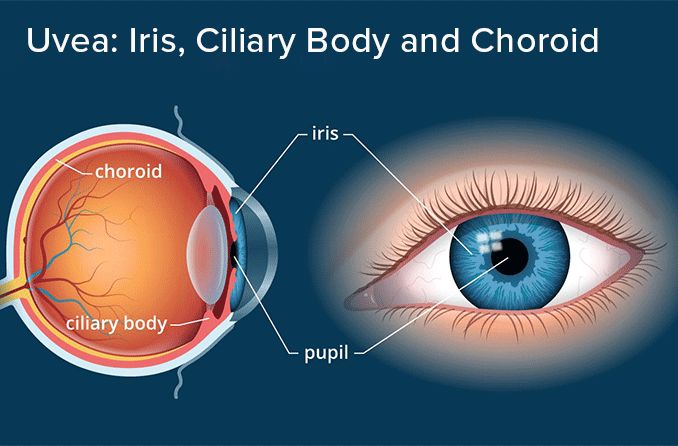
Learn about the uvea - the pigmented middle layer of the eye that includes the iris, ciliary body and choroid.
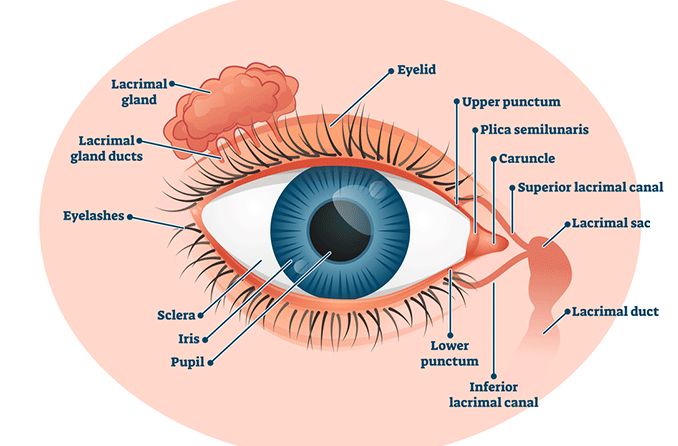
The lacrimal glands produce tears and secrete fluid onto the surface of the eyes, lubricating, cleaning and nourishing them.
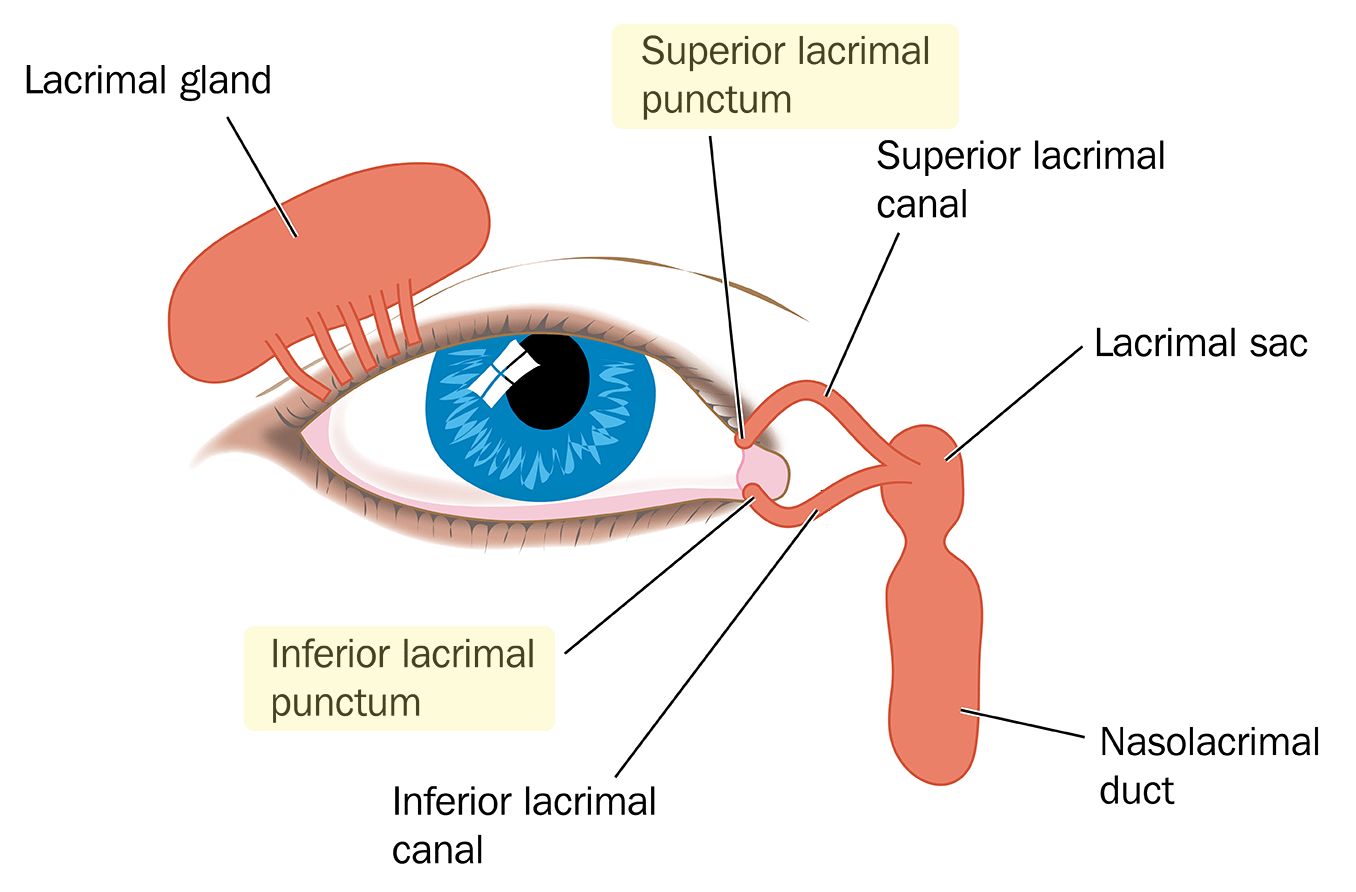
The lacrimal puncta are small holes on the inner eyelids that act as ports for the eye’s tear drainage system. Read more about their function and related conditions.
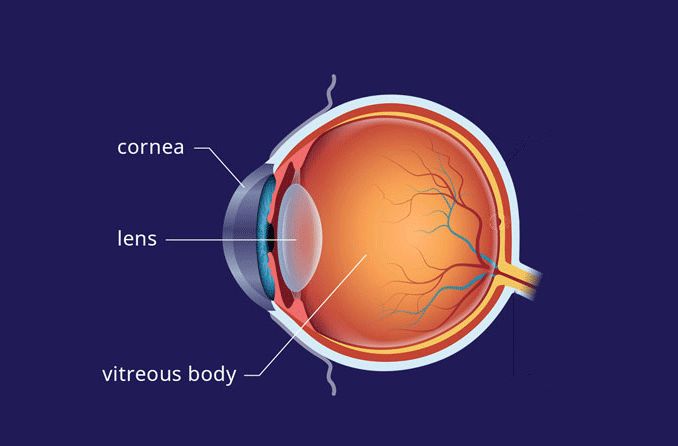
Learn about the lens of the eye. The lens functions by bending light that enters the eye and focusing it properly to create clear images.
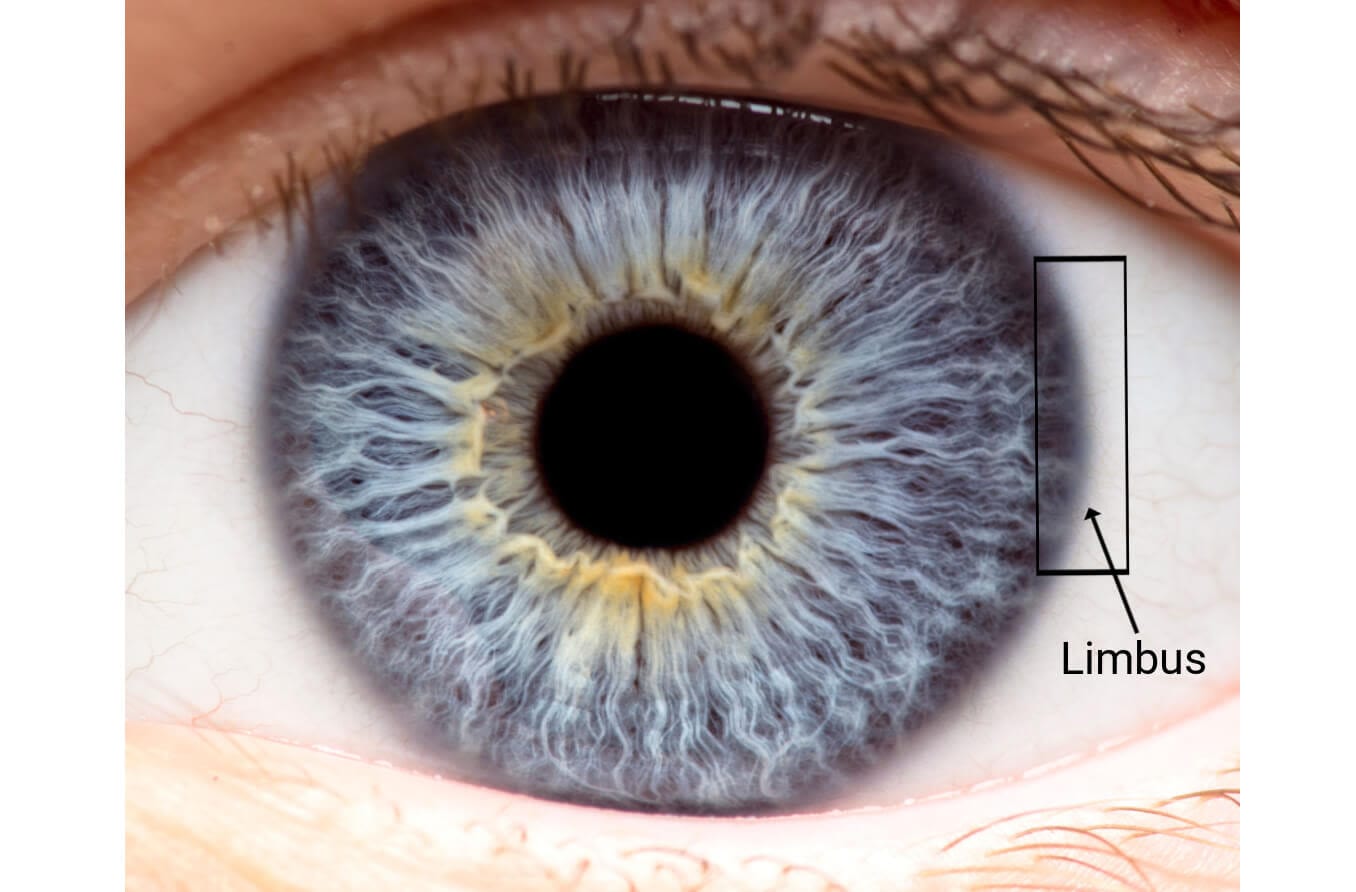
The limbus of the eye is a ring of space between the cornea and sclera. Learn more about its anatomy and function, as well as conditions that can affect it.
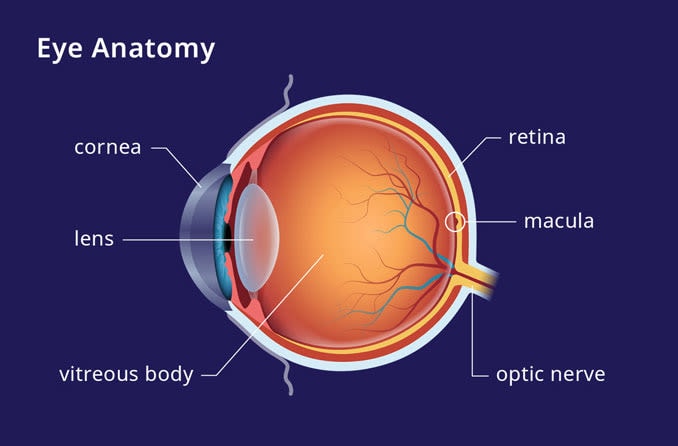
The macula (or macula lutea) is the most sensitive part of the retina. It’s responsible for visual acuity, central vision and color vision. Learn more.
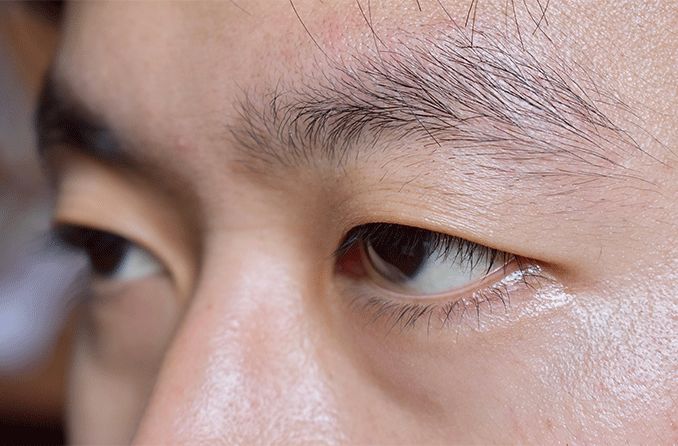
Monolids (also called Asian eyelids) are upper eyelids that don’t have a natural arc-shaped crease between the eyelashes and the eyebrow that’s found in double eyelids.
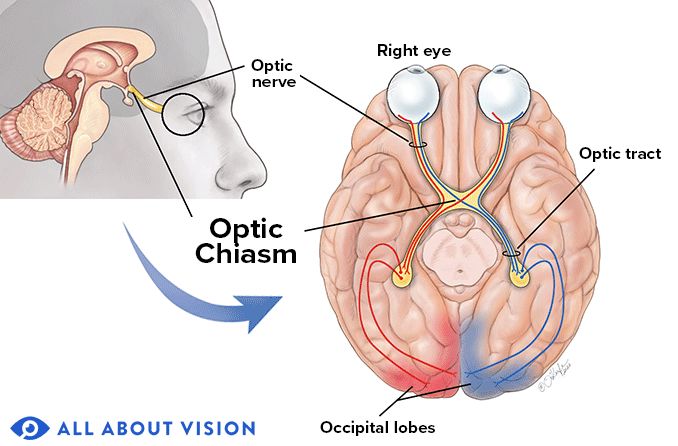
The optic chiasm is where fibers from each eye’s optic nerve intersect and cross to the other side of the brain to create binocular vision.
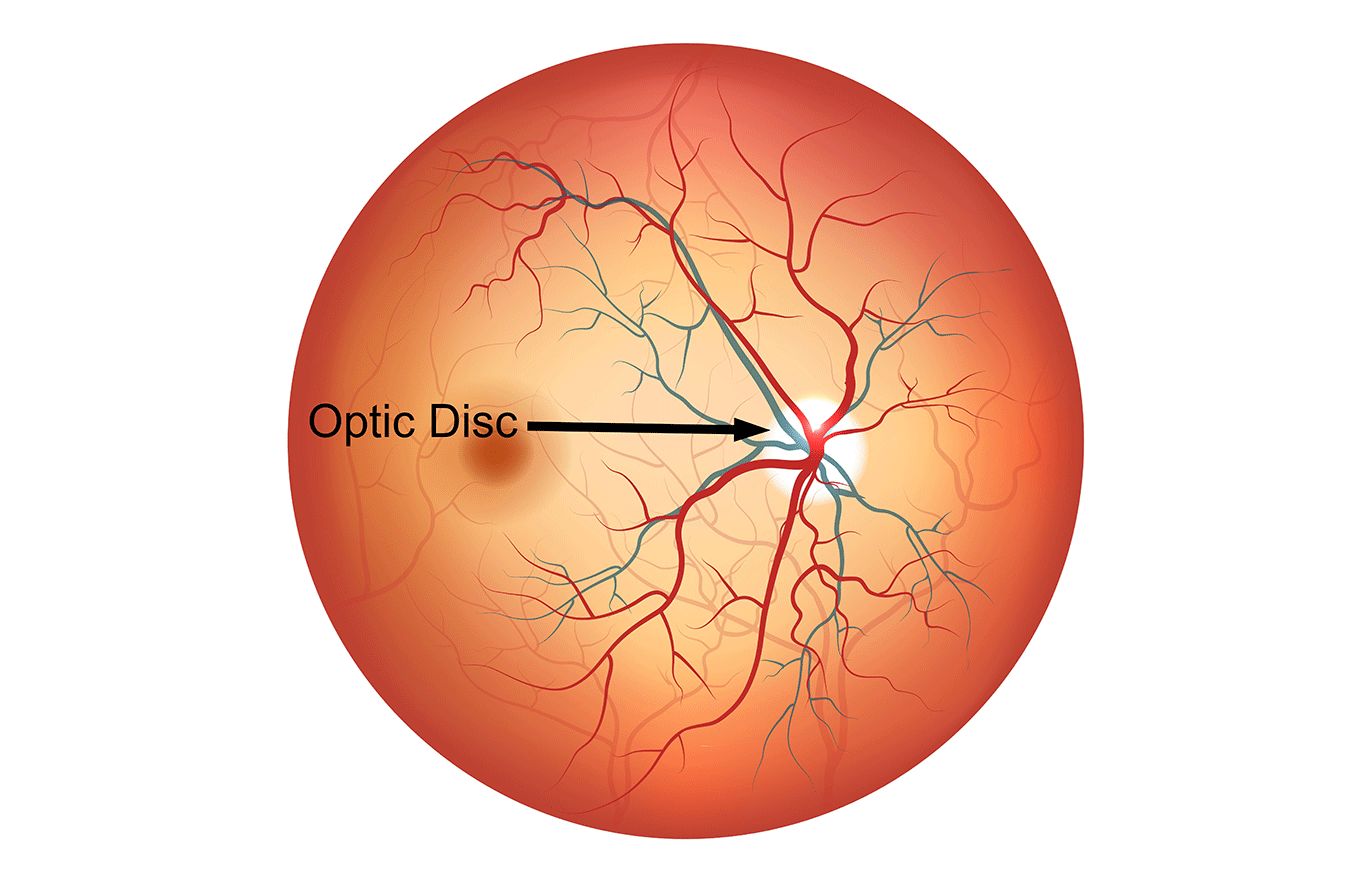
The optic disc is a small, round area at the back of the eye where the optic nerve attaches to the retina. Learn more about its function and potential problems.
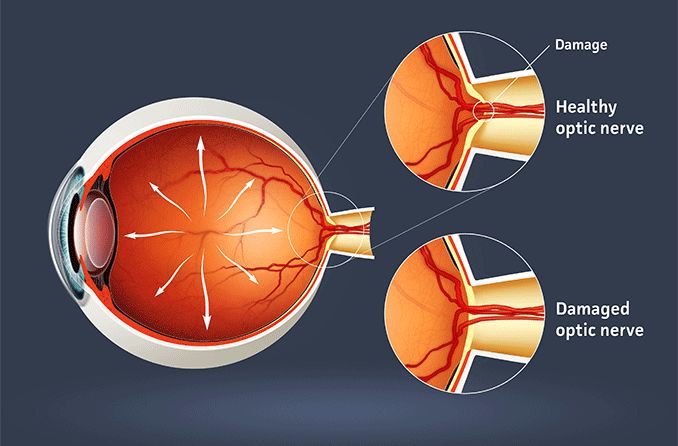
The optic nerve is located at the back of the eye and sends signals from the retina to the brain to register them as images.
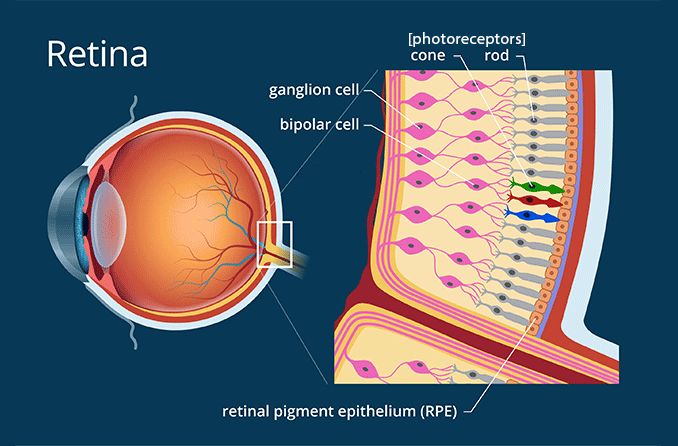
Photoreceptors are cells located in the retina that are responsible for filtering different levels of light and color.
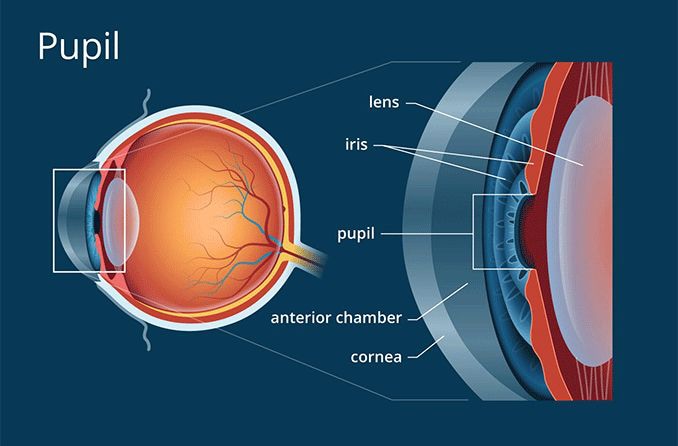
All about the pupil of the eye, including Adie's tonic pupil and other conditions that affect pupil size.
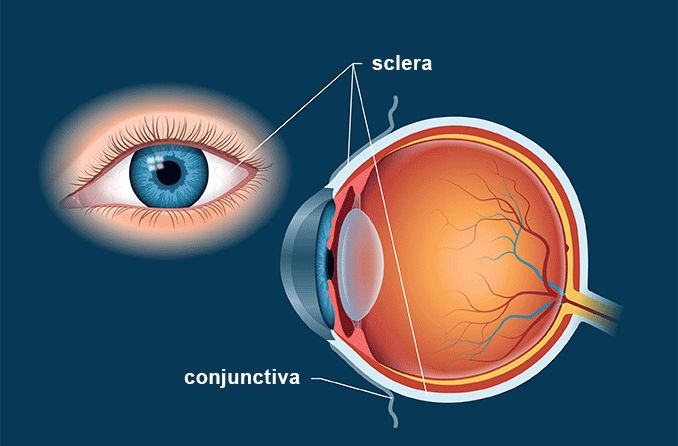
All about the sclera of the eye, including scleral functions and problems such as scleral icterus (yellow sclera).
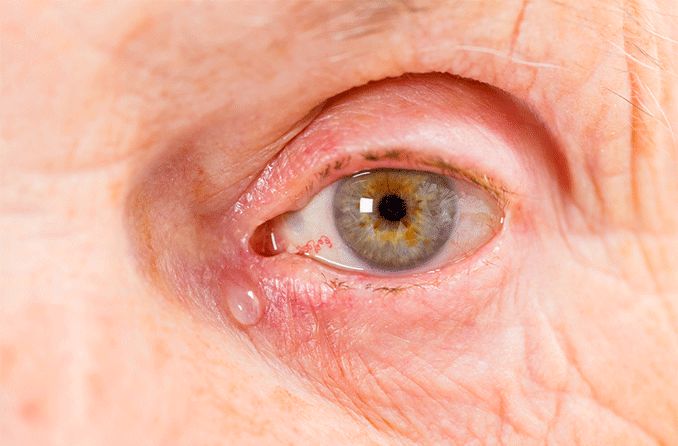
The nasolacrimal duct, also called the tear duct, is a drainage system for the different tears produced by tear glands.
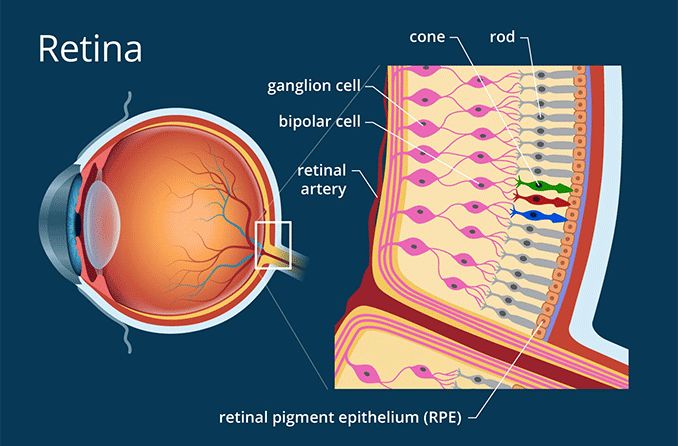
The retina is the sensory membrane that lines the inner surface of the back of the eyeball. It's composed of several layers, including one...
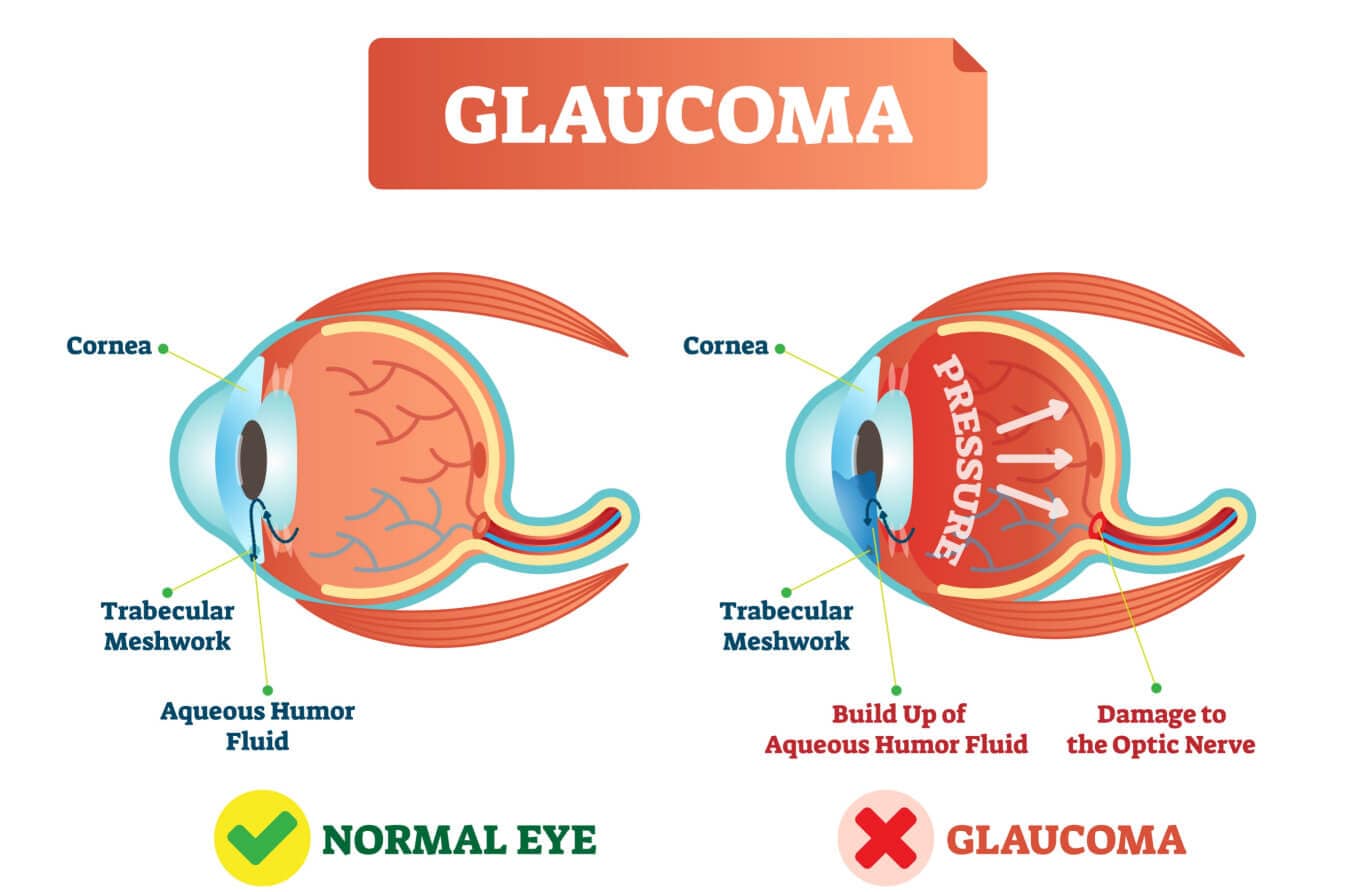
What is the trabecular meshwork and its role in eye fluid drainage? Understand its importance and related eye conditions.
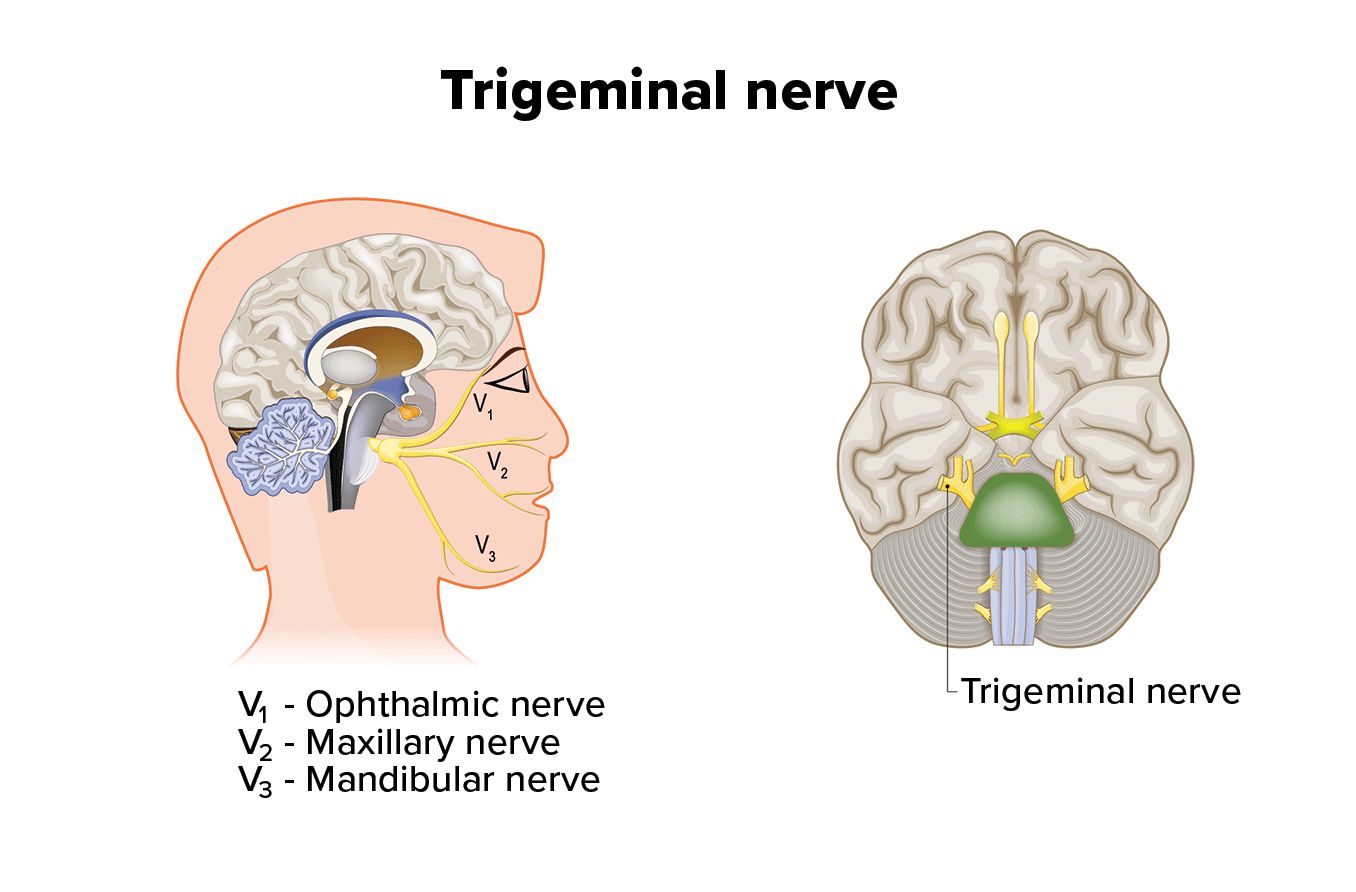
The trigeminal nerve starts in the brainstem and spreads to the sides of the head. It provides both sensory and motor function to different parts of the face.
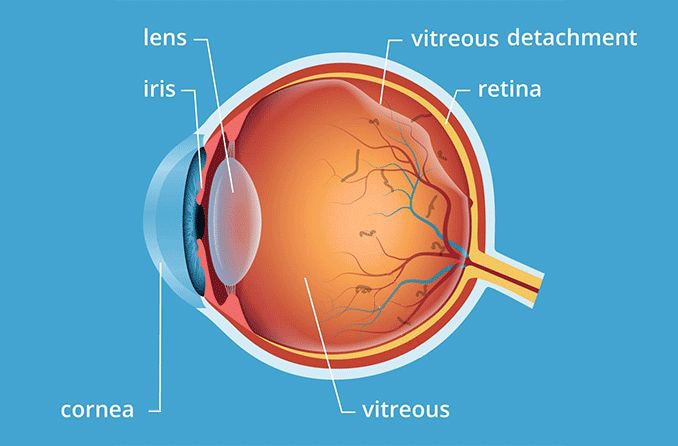
Vitreous humor is the gel-like substance that fills the center of your eyeballs. It protects the eyes and gives them their shape.Vitreous humor is the gel-like substance that fills the center of your eyeballs. It protects the eyes and gives them their shape.
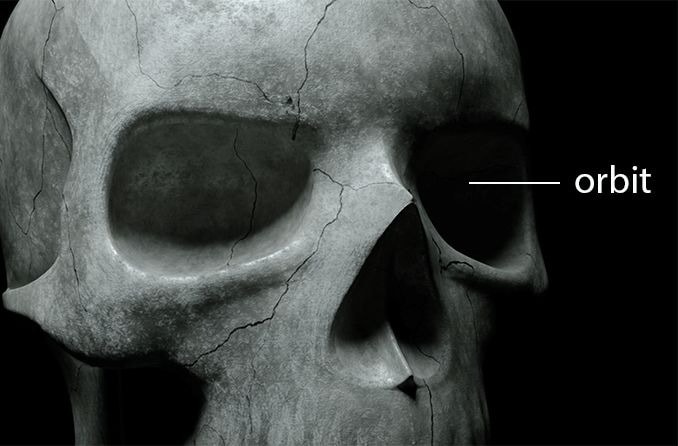
Discover the seven orbital bones that make up the eye socket that encloses the eyeball. An orbital fracture can impact one or more orbital bones.
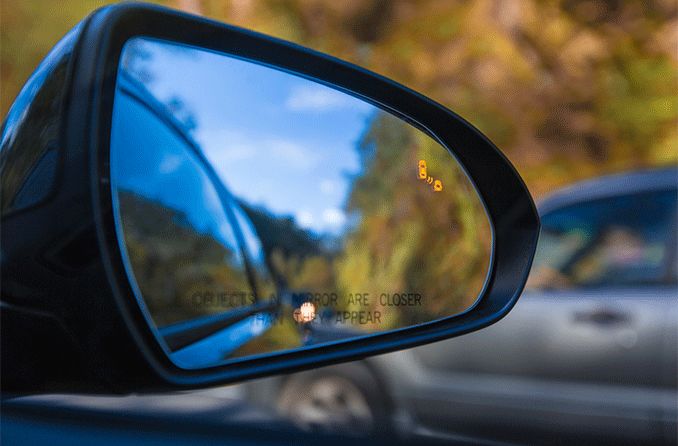
The blind spot is a normal part of the back of your eye where light can’t be detected. It’s nothing to worry about and you usually don’t even know it’s there.
All About Vision and AllAboutVision.com are registered trademarks of AAV Media, LLC. © 2000-2025 AAV Media, LLC. The content on this site is for informational purposes only. All About Vision does not provide medical advice, diagnosis or treatment. Contact an eye doctor if you need medical attention.